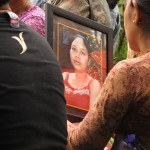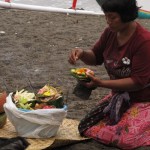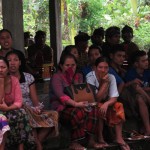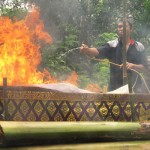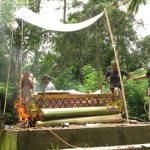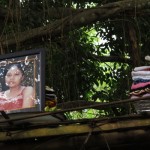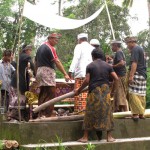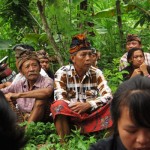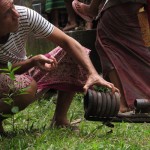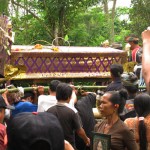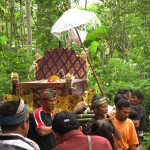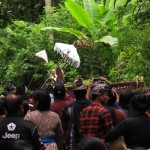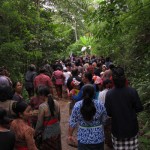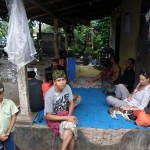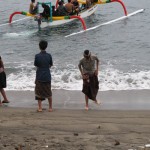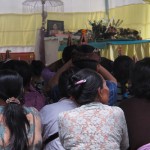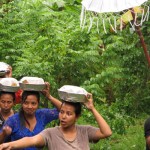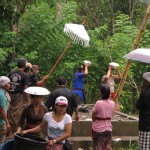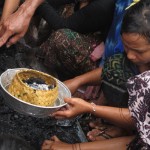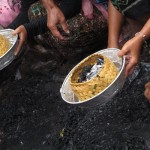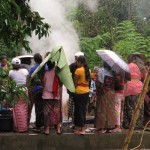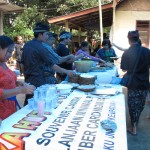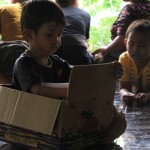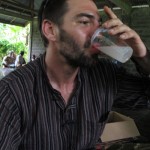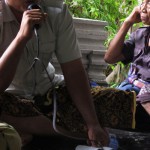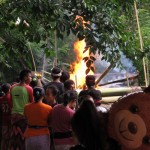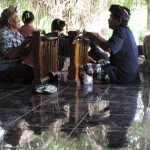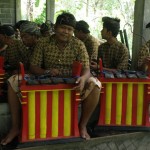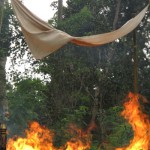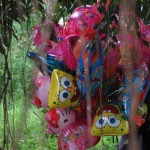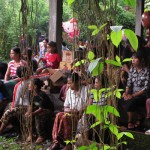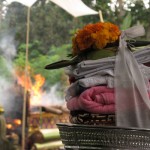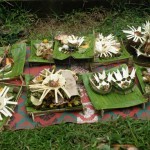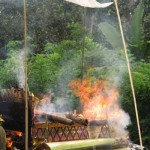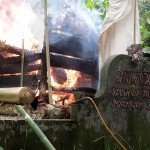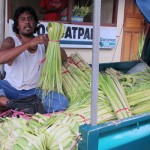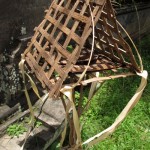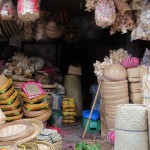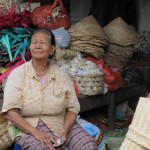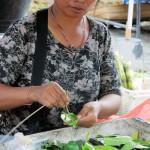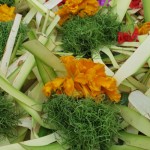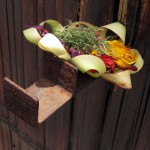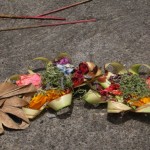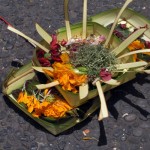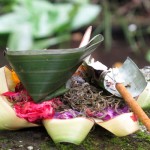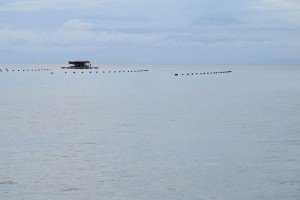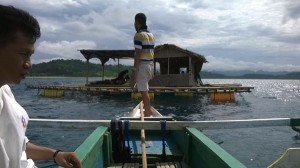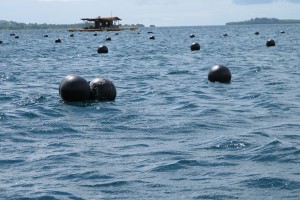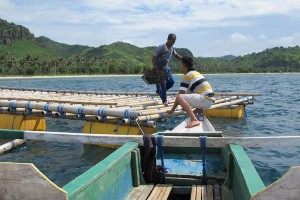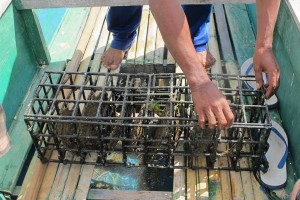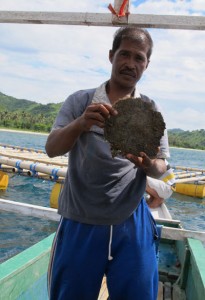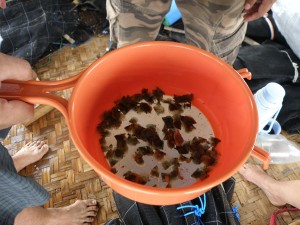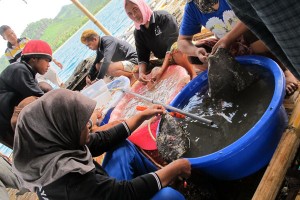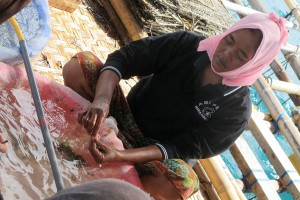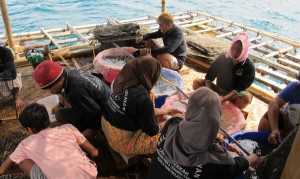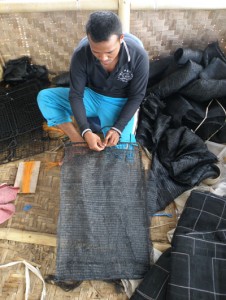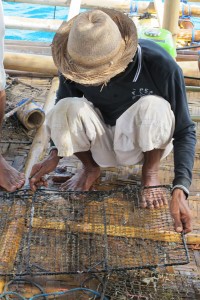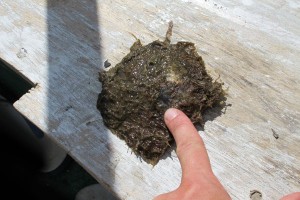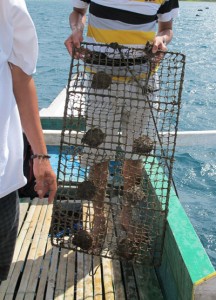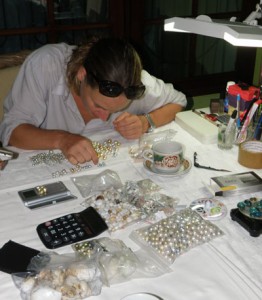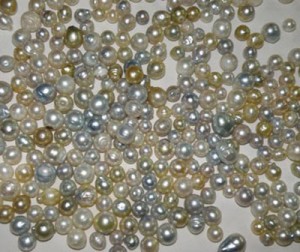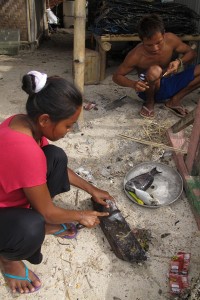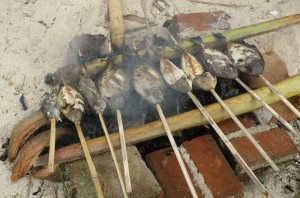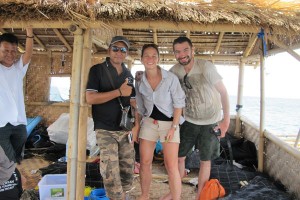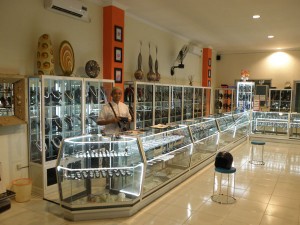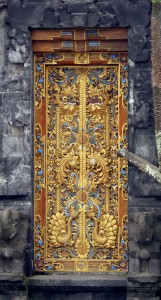Indonesia is place of many ceremonies, at least in Hindu community. During our travel in Bali and Lombok we have experienced several ceremonies for different occasion. However, the one we found the most interesting so far was cremation ceremony near Senggigi in Lombok. We have been invited to attend this ceremony by Hwayan a security guard in a homestay where we were staying.
We travelled about one hour on scooter from Senggigi to a home village of Hwayan. When we arrived, ceremony was just about to start. As honoured guests we were welcomed by extended family, neighbours, friends and widower himself. Immediately we had been offered refreshment and showed around. In a backyard was already small gathering of people chatting and praying while orchestra of about 15-20 musicians were playing traditional cremation songs. Shortly, after lunch of pork, rice and vegetable now large group of people about 60-100 set themselves on a walk to nearby cremation place located in middle of a forest. There was a clearing between trees where stood two constructions. First was rather large shelter built from bricks and concrete that served to accommodate all people taking part in ceremony and about 20m from it stood concrete base where the cremation took place.
The parade walked from the house of the deceased person to this concrete base where decorated bed containing body was placed, followed by about 30 min preparations and setting up for fire. Then the body was set on fire and everybody was watching while orchestra was playing. I don’t remember what my expectations of burning body were at the time. However, I was told that it would take about 2-3 hours to burn. During that time ceremony appeared to me to be quiet a social event. There were balloons to entertain children and alcohol made of palm water (not very tasty) to entertain adults. During this whole time event was accompanied by spiritual songs sung and played on traditional instruments consisting metal plates attached to a wooden stand and hammers.
When the body and bed was finally all burned to ashes group of people with bare hands searched through the ashes for remains of bones which then they collected into special containers. Remaining people then formed parade leading back to the house where ceremony continued with more prayers.
Once all the prayers were ended we all got onto our scooters and in to cars and travelled one hour to a Senggigi beach where ashes were released into the water.
The whole ceremony took about 7 hours.
We have learned later that it is normal for ceremonies to take up to whole day and that it is ok to leave during the ceremony as long as one doesn’t disturb others. There are ceremonies for all sorts of occasions. We have so far closely experienced Lombok Hindu annual festival/ceremony, cremation ceremony, full moon ceremony and opening ceremony for new villa.
I was very vigilant to take photos as I was trying to be respectful to people taking part in a ceremony. However, to my big surprised we were encouraged to take photographs, ask questions, eat, drink etc. It seemed to me that the family was proud to have foreigners witnessing and documenting their customs.
As foreign observer with design background I took note of lovely traditional outfits. Men wearing traditional woven or batik head piece, shirt and sarong. Women wearing embroidery or lace top, waist scarf and sarong.
Also, handmade vessels and objects made of palm leafs and flowers are prominent. Some creations look simple and some very complicated. Most of them seem to be disposable. Perhaps due to this short function, you can see their production on almost every corner at any time one has a minute in between other jobs. I have learned that purchase of these ceremonial objects that later are disposed can be surprisingly pricy!
- woman's cremation ceremony
- Cremation ceremony in Lombok, release of ashes into the water
- Cremation ceremony in Lombok, crowd watching
- Cremation ceremony in Lombok, bed set on fire
- Cremation ceremony in Lombok, bed set on fire
- Cremation ceremony in Lombok, picture of deceased person
- Cremation ceremony in Lombok, last arrangements
- Cremation ceremony in Lombok, crowd watching preparations
- Cremation ceremony in Lombok, setting up fire
- Cremation ceremony in Lombok, placement of the bed onto concrete stand
- Cremation ceremony in Lombok, parade to cremation place
- Cremation ceremony in Lombok, parade to cremation place
- Cremation ceremony in Lombok, parade to cremation place
- Cremation ceremony in Lombok, in the house
- Cremation ceremony in Lombok, release of ashes into the water
- Cremation ceremony in Lombok, release of ashes into the water
- Cremation ceremony in Lombok, last prayers in the house
- Cremation ceremony in Lombok, parade back to the house
- Cremation ceremony in Lombok, parade back to the house
- Cremation ceremony in Lombok, collection of remains
- Cremation ceremony in Lombok, collection of remains
- Cremation ceremony in Lombok, the end of burning
- Cremation ceremony in Lombok, kids are playing
- Cremation ceremony in Lombok, we are trying alcohol form palm water
- Cremation ceremony in Lombok, singing prayers
- Cremation ceremony in Lombok,
- Cremation ceremony in Lombok, part of an orchestra
- Cremation ceremony in Lombok, orchestra
- Cremation ceremony in Lombok,
- Cremation ceremony in Lombok, balloons for children
- Cremation ceremony in Lombok, crowd watching
- Cremation ceremony in Lombok, offerings
- Cremation ceremony in Lombok, offerings
- Cremation ceremony in Lombok, burning in process
- Cremation ceremony in Lombok,
Photos by Radka Passianova and Lubos Passian
{ 3 comments }


